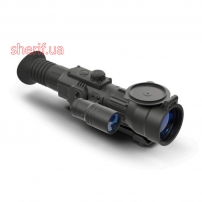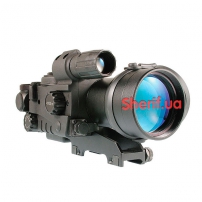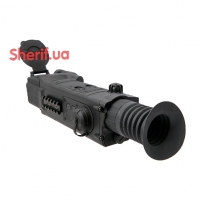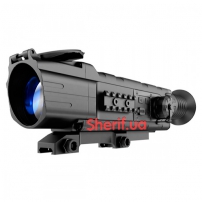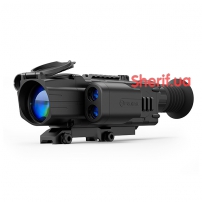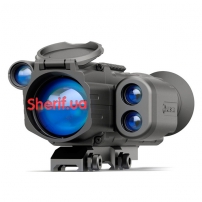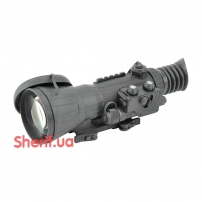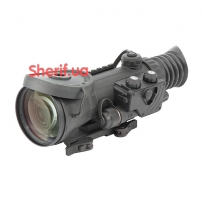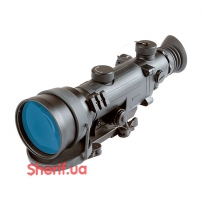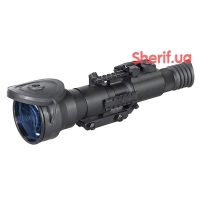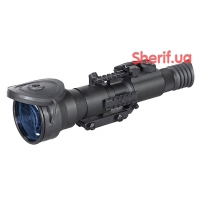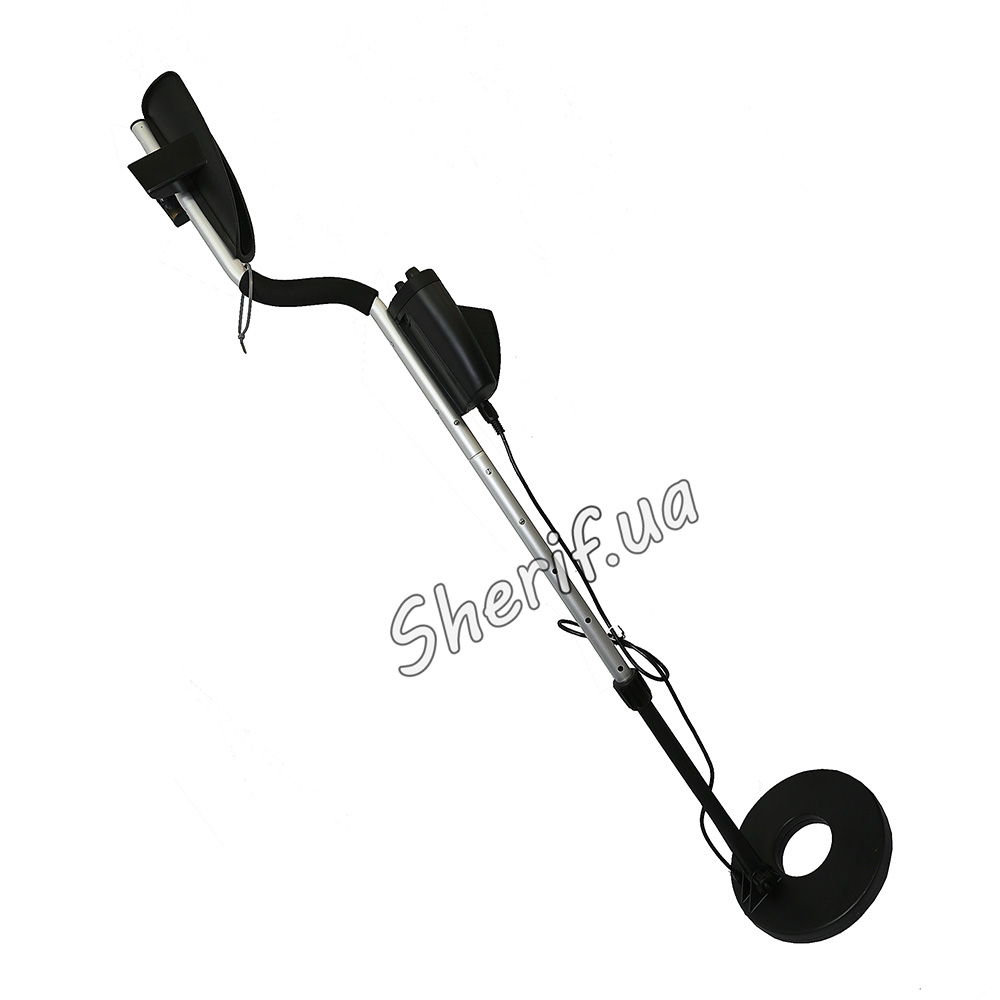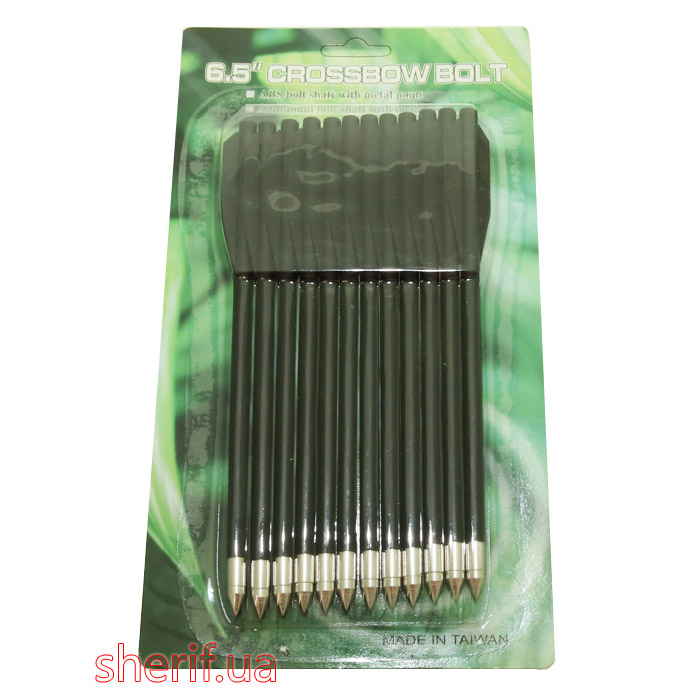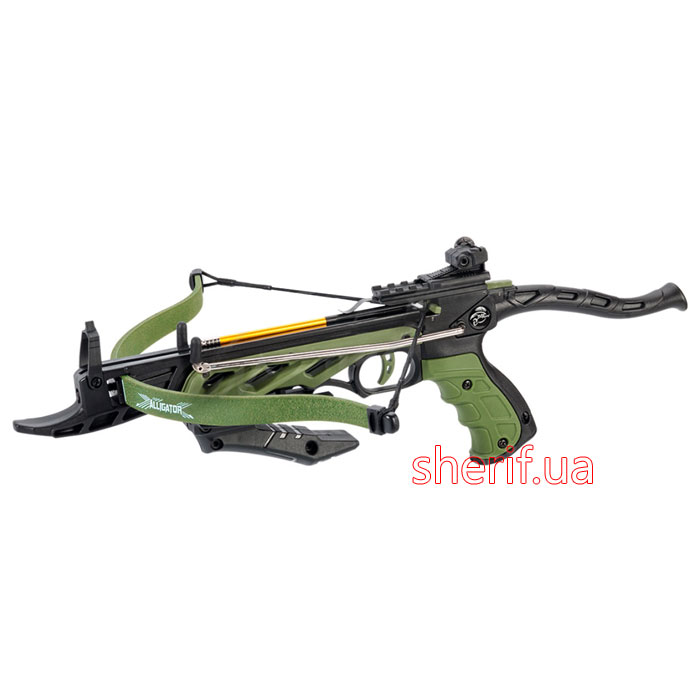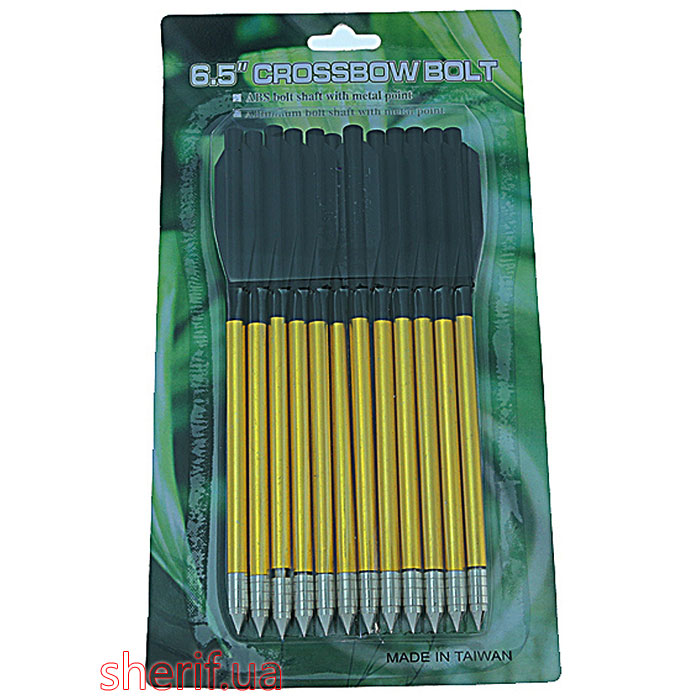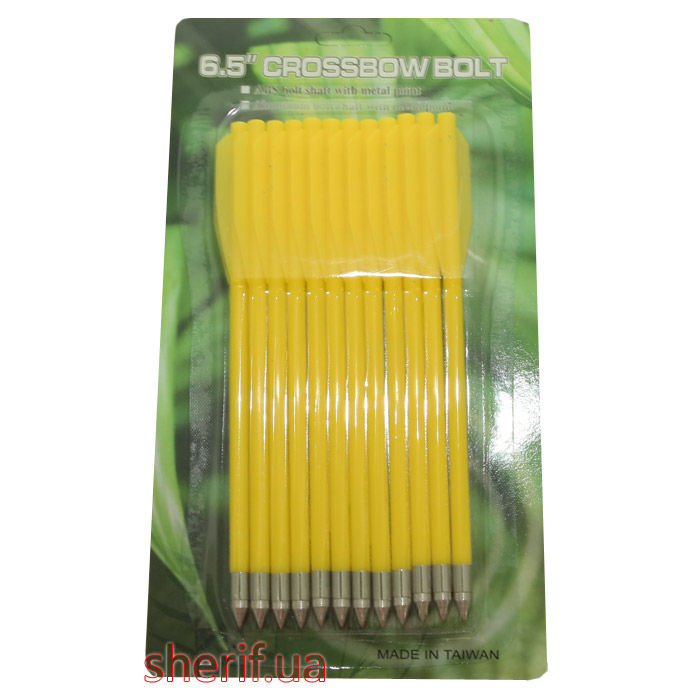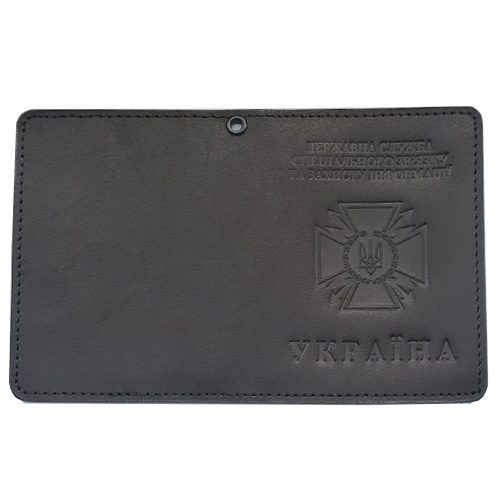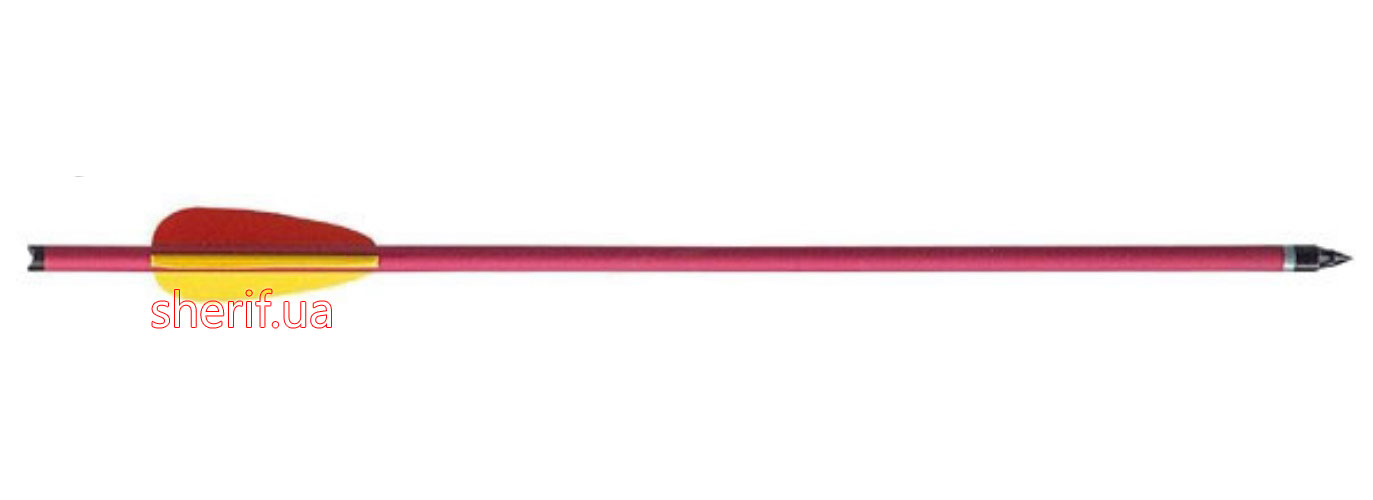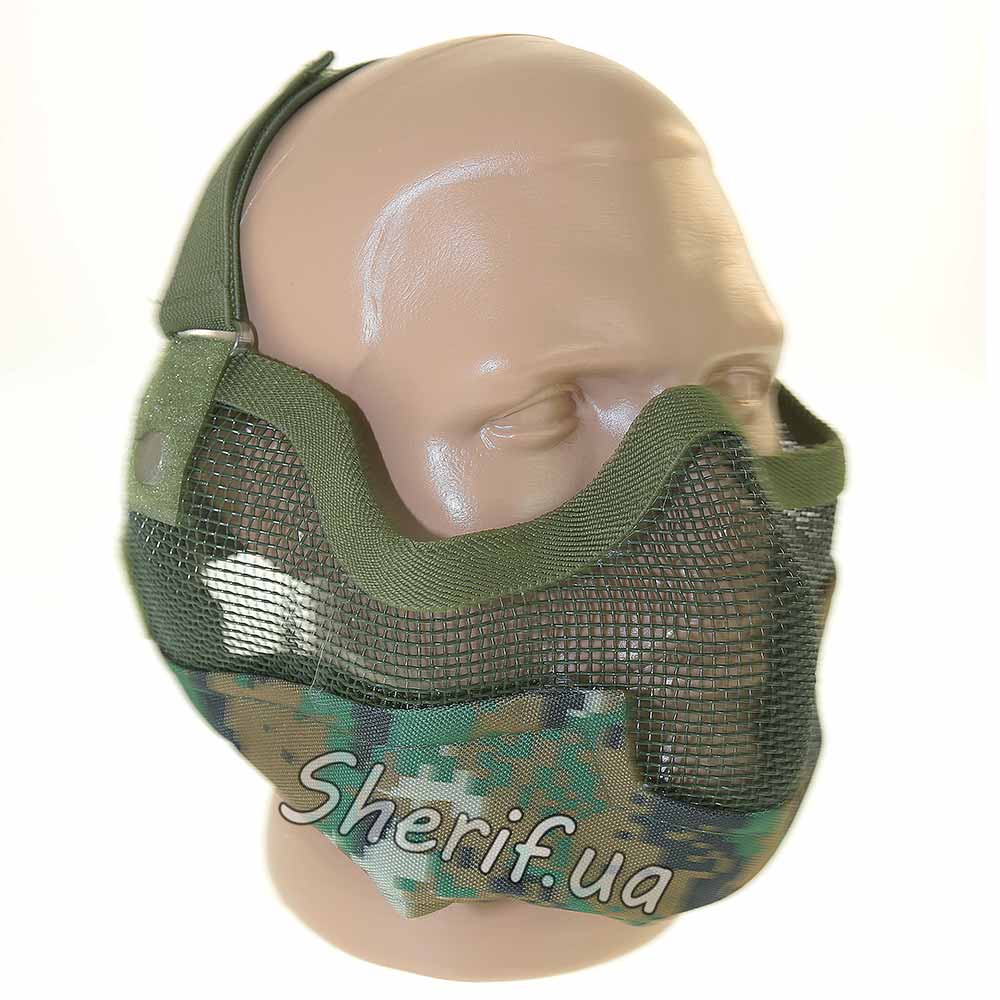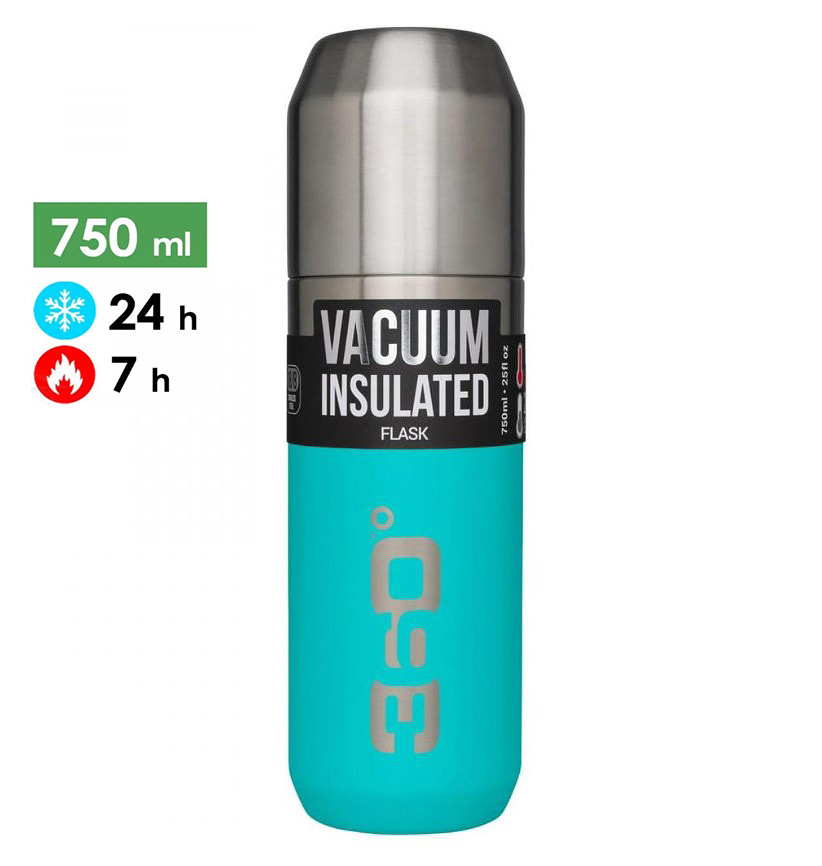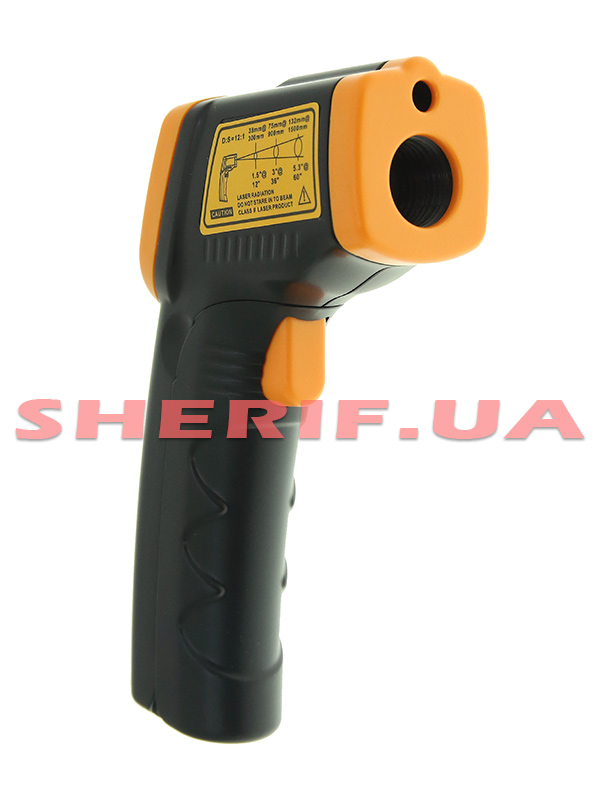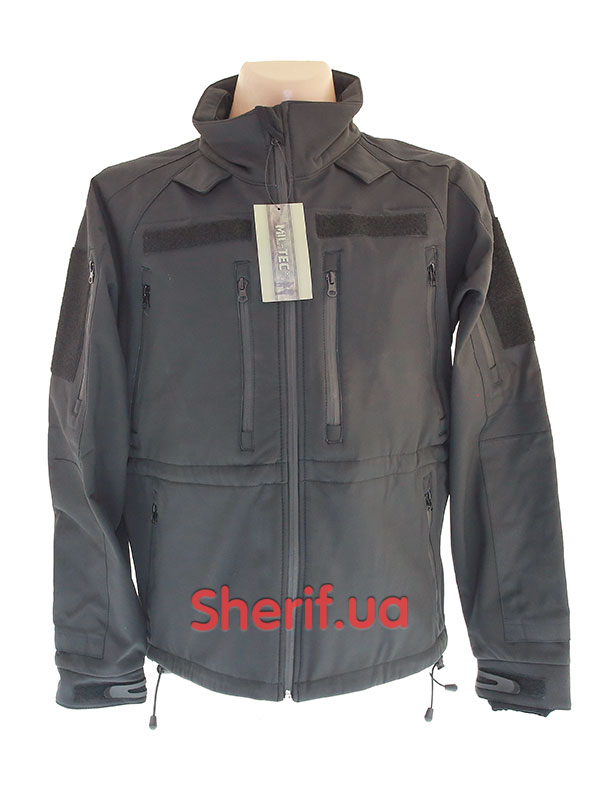√ Night vision scopes
| Продолжение каталога см. на след.страницах |
1. Design and function of night sights
2. Basic terms
3. Operating principle
4. Application
5. Characteristics
6. Manufacturers
7. Generations 1, 2 and 3
8. Where to buy a night vision scope
A night vision scope is a specialized device used to aim weapons in low light conditions. These devices are equipped with special mounts, reticle and point of impact adjustment mechanism, unlike other night vision devices . They also have ultra-high strength and protection against breakage due to the effects of recoil when fired.
1. Design and function of night sights
The main components of the device are a lens, an eyepiece, adjustment elements and an image intensifier tube with a power supply.
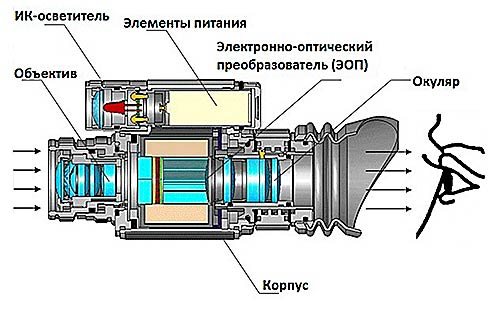
Manufacturers take into account such factors as moisture resistance, temperature difference and comfort of use.
The body is made of aviation or ABS (carbon) plastic with reinforced metal inserts. It must be airtight, and the internal recesses filled with gas (pure nitrogen) to prevent fogging and condensation on the lenses in case of temperature changes.
A good device implies high optical and mechanical parameters. The robust housing and image quality indicators greatly facilitate the use of the device. When using powerful ammunition, automatic control of brightness and focus ensures a good image of the subject.
Most devices have the function of switching on for a short time to assess what is happening in a critical situation. Keep in mind that this function only works if the button is held down!
Today, night sights may allow you to change the aiming mark when you press the desired button. The design of the optical device provides for the function of highlighting the rear sight (in digital - the label is conditional and is smoothly adjusted according to the firmware). The adjustment of the reticle in optical devices occurs with the help of flywheels (rotating wheels that maintain the direction of the axis).
In some models, the grids are combined, which provides for use with different types of weapons. Such a grid is more suitable for professionals, as it is saturated with information and can scatter attention.
Standard equipment: a remote control that allows you to carry out all operations with the device remotely, as well as an attached IR illuminator, a case and a napkin.
2. Basic Terms Describing Night Vision Riflescopes
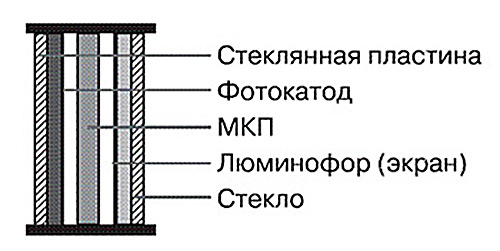 An image intensifier tube (IC) is the main element in an optical device. This is a device that converts an invisible image of an object into a visible one. It is also used to enhance the brightness of the visible image. EOPs differ significantly in their parameters. The conditions for selecting image intensifier tubes for night sights are resolution, contrast, photocathode susceptibility and clarity in the field of view. It is these parameters that affect the price .
An image intensifier tube (IC) is the main element in an optical device. This is a device that converts an invisible image of an object into a visible one. It is also used to enhance the brightness of the visible image. EOPs differ significantly in their parameters. The conditions for selecting image intensifier tubes for night sights are resolution, contrast, photocathode susceptibility and clarity in the field of view. It is these parameters that affect the price .
The viewfinder (sight) is an auxiliary device for tracking the target and focusing the picture. 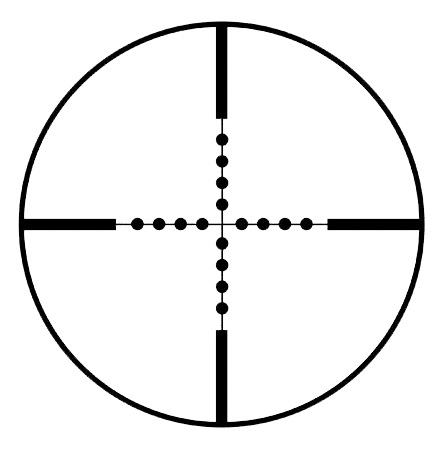
The aiming mark or reticle is an additional projection in the device in order to aim. The red reticle is more convenient, but black can also be seen in contrast.
Rangefinder - a device designed to measure the distance from the shooter to the object.
They are equipped with digital models of sights.
Mounting unit - a mechanism for fixing the sight to the aiming bar on the weapon.
Alignment mechanism - coordination of the aiming line with the axis of the bore of the weapon barrel and operational control of the position of the aiming line by the mark on the target.
Infrared (IR) illuminator (laser illumination) - used for combined work with optical devices when the device does not give visibility of the target without illumination.
Lens - an optical system facing the object of observation and forming its image.
An eyepiece is an element of the optical system facing the eye of the observer, designed to view the image formed by the lens. Provides focusing of the image on the retina of the observer's eye. 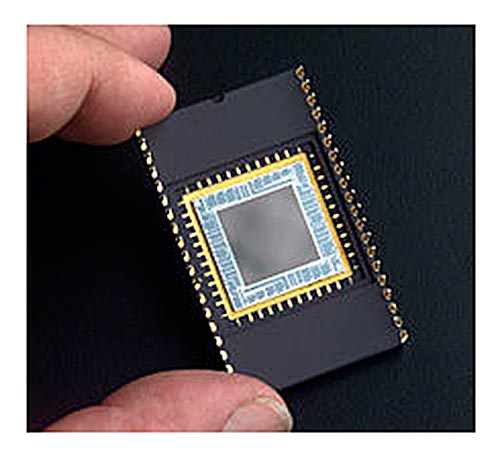
A CCD (CCD) is a specialized analog one-piece chip that consists of photodiodes that are sensitive to light. It is made on the basis of Si, uses the technology of charge-coupled devices. For night sights matrices with high light sensitivity (sensitivity) and low noise level are used.
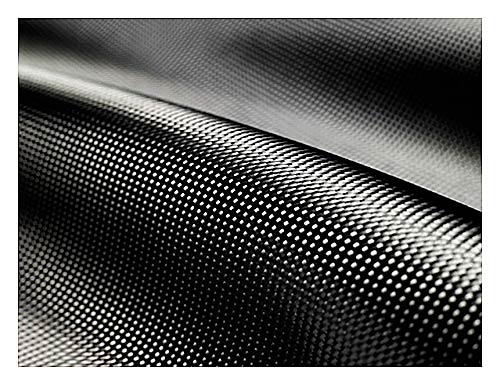 Carbon fiber (ABS-plastic) is a polymer composite material. It consists of interlaced strands of carbon monofilament, arranged in the form of a grid, and a filler of artificial resins. Possesses the increased durability, rigidity and small specific weight. Due to the high cost, it is used as a reinforcement of the main body materials.
Carbon fiber (ABS-plastic) is a polymer composite material. It consists of interlaced strands of carbon monofilament, arranged in the form of a grid, and a filler of artificial resins. Possesses the increased durability, rigidity and small specific weight. Due to the high cost, it is used as a reinforcement of the main body materials.
 Avial (aviation aluminum) - alloys of the Al-Mg-Si system, have high ductility and resist corrosion. The main property of aviation is ease of processing, due to its high specific strength and ductility, which allows the use of both pressing and metal-cutting machines.
Avial (aviation aluminum) - alloys of the Al-Mg-Si system, have high ductility and resist corrosion. The main property of aviation is ease of processing, due to its high specific strength and ductility, which allows the use of both pressing and metal-cutting machines.
3. The principle of operation of night sights
The light reflected from the object of observation falls on the lens, which focuses the image of the object on the surface of the image intensifier tube, where the light flux is amplified and the image is transmitted to the eyepiece screen. This is the so-called passive mode of operation of the night sight.
In case of insufficient lighting or its absence, almost all night sights that exist today have a built-in or removable infrared (IR) illuminator in their design.
The principle of operation of digital devices is significantly different. The role of the transforming element in a digital sight is not an image intensifier tube, but a highly sensitive CCD matrix. The streams of light that are reflected from the object of observation and enter the lens of digital sights fall on the photosensitive elements of the CCD matrix. They convert photon energy into an electrical charge, which is read, then amplified and converted, and finally transmitted to the scope display. The CCD matrix makes it possible to smoothly control the power and memorize the selected degree of radiation. Such devices allow you to shoot video of a fairly acceptable quality.
4. The use of night sights
The main purpose of the devices is a clear designation of the target and the direction of the weapon to the desired point in poor lighting, establishing the distance to the target object (if there is a rangefinder in the design).
Night sights are designed to be mounted on small arms and make it easier to observe and shoot at night. Often used for reconnaissance of the territory in the direction of travel and in extreme conditions.
Some features of NV sights
Night sights , as well as any others, require preliminary alignment of the device with a specific type of weapon and zeroing.
This is the so-called installation adjustment.
There is also an adjustment for specific shooting conditions, which should take into account
weather conditions (temperature, humidity, wind direction and strength) and distance to the target. Thus, ambient temperature affects the amount of energy released during the combustion of gunpowder, and humidity affects the aerodynamic drag that a bullet experiences during supersonic flight.
In order to remain operational, the following requirements must be met:
Do not direct the turned on device at intense light sources: car headlights, a burning fire, a lantern or at the sun in daylight. This can cause a dark spot to appear in the field of view.
Do not leave the device turned on for a long time, and in higher light conditions, it is necessary to put on the light protection cap on the lens.
Do not open the case and try to repair it yourself. This should only be done by experts!
It is necessary to beware of a sharp temperature drop, bumps and falls of the device, since the design includes lenses that can be damaged.
Mount - bracket, rail, mounting base - one of the most important components of the weapon -sight system. With an error in the connection node, the use of the device may lose its meaning. In case of breakdowns associated with the impossibility of alignment, violation of zeroing, errors in most cases are found just in the mount, and not in the device itself. The mount must be rigid and resistant to stress when fired. Before direct use, you need to check the quality and degree of tightening of the screws. You can purchase a laser cold sighting cartridge for easy and quick control of the system.
5. The main characteristics of night vision scopes
Light Gain
It shows how many times the flow of light that we can observe at the exit from the eyepiece of the device exceeds the flow of light that enters the optical system.
Exit pupil removal
The distance between the shooter's eye and the instrument's eyepiece at which the entire field of view provided by the instrument is visible. Removing the exit pupil allows you to sharpen the image (focus the sight) and provides safety for the shooter when the weapon recoils.
Lens minimum focusing distance
The minimum distance from the front element of a lens to an object that this lens can focus on, i.e. You won't be able to get a sharp image any closer.
Eyepiece refocus limit
An adjustable characteristic that helps compensate for the shooter's vision defects. Measured in diopters.
Resolution (resolution)
The ability to measure the linear or angular distance between nearby objects.
The value is measured in the number of visible lines per mm. The indicator is entirely dependent on the generation of the image intensifier tube. The higher the index, the smaller elements can be seen at greater distances.
multiplicity
The unit of magnification - multiples - is obtained by the ratio of the angular size of the image of an object seen through the device (measured in degrees) to the angular size of the same object, which is visible without optical devices (also measured in degrees). It is indicated in the name by the first digit. Thus, observing an object through a device with a 10x magnification from a distance of 100 m, it will be seen approximately as if it were only 10 m away.
IR illumination
The desired characteristics can be corrected by joint regulation of the radiation power and the spot volume. In the forest, country roads and other narrow spaces, you need to choose such a minimum allowable divergence angle at which objects on the sides will be illuminated, because. the radiation falling on them is reflected towards the shooter and illuminates the field of view of the device.
The secrecy of IR illumination is essential. The longer the wavelength of the IR illuminator, the better the stealth of the IR illumination and the shorter the distance at which radiation is not visible. This adjustment is not available for all devices,
in most on the market, the power is constant.
Lens diameter
With an increase in the diameter of the lens, the field of view and the sensitivity of the device increase, since more light passes through it. But at the same time, the size and weight of the sight are growing.
line of sight
The size of the area of space that is visible in the instrument. Generally stated in degrees, the larger the field of view, the better.
Photocathode sensitivity
The ability of the main element of the image intensifier tube to produce electrons under the influence of the radiation of light reflected from the object (luminous intensity) and thereby turn the optical image into an electronic one. The higher this value, the more accurate the image will be.
Aiming mark
More famous is Mil Dot. Recently, a large number of various types of grids with illuminated aiming marks have been noticed. Some are considered ballistic: Mil Dot, BDC (Bullet Drop Compensator) and TRM (Tactical Reticle).
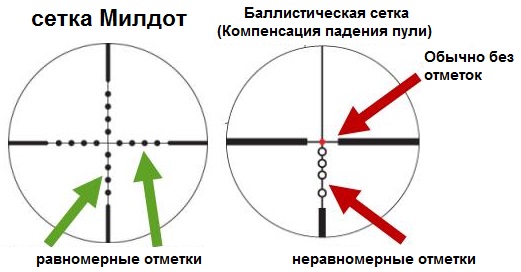
They have graduations on the cross, so you can set the device accurately to any distance, taking into account gusts of wind. You need to choose the grid with which you will be comfortable working, and in general you can install any brand in electronic sights.
Range
The indicator depends on the generation of the image intensifier tube installed on the device, measured in meters. The larger the value, the better - the farther the object, the lower the intensity of the radiation of the light reflected from it. Therefore, the range of the device directly depends on the sensitivity and resolution of the device.
Permissible muzzle energy (recoil energy)
The initial kinetic energy of the bullet as it exits the barrel. It is different for different weapons, it allows you to determine the possibility of using the sight without destroying it. Permissible muzzle energy is indicated in the technical specifications (passport) of the sight.
Weight and dimensions
These properties are relevant for long and intensive use of devices that significantly increase the weight and dimensions of the weapon. It is desirable that these indicators be smaller, but not to the detriment of the performance of the sight.
Waterproof
Determined by Ingress Protection Rating - this is an international classification of the degree of protection of electrical equipment against moisture penetration in accordance with the international standards IEC 60529.
The marking of electrical equipment occurs, respectively, using the sign "IP" and two numbers, which mean protection against moisture.
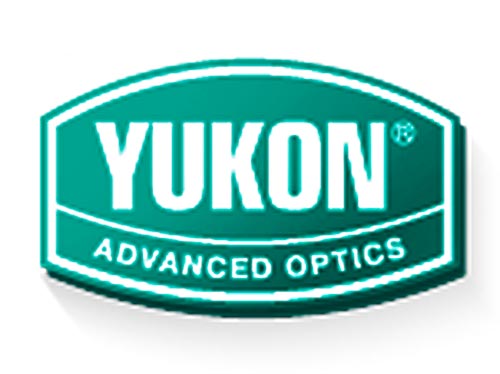 6. The main manufacturers of night sights
6. The main manufacturers of night sights
One of the main manufacturers is Yukon Advanced Optics, founded in 1998 on the basis of 2 private companies - Belarusian and American.
 The company produces optical devices under the trademarks: YUKON ( optical devices for civil and specialized purposes), PULSAR (digital optics used in security, etc.).
The company produces optical devices under the trademarks: YUKON ( optical devices for civil and specialized purposes), PULSAR (digital optics used in security, etc.).
The Belarusian company Dipol was founded in 1990. specialists in the field of optoelectronic technology. The sights use high-quality image intensifier tubes and specially designed high-aperture optics. The company's devices stand out for their ergonomic design. They have a good price-quality ratio.
International Technologies Lasers Israel Ltd. (ITL), founded in 1973, is a leading international brand specializing in the creation and promotion of innovative optical systems. ITL products are successfully used by the US Army and operational units in NATO member countries. ITL adheres to international control standards.
Our Sheriff store offers a wide range of night vision sights TM YUKON and PULSAR.
7. Generations of night vision sights 1, 2 and 3
The types of optical devices are determined by the generation of the image intensifier tube:
The 1st generation is the most popular and most primitive type of image intensifier tube. It is based on alkaline photomultipliers to achieve multiple amplification of visible IR light with the transfer of the latter to the range visible to the arrow. Such devices have a fairly low price and parameters that allow you to monitor from a distance of up to 100 m. For example, Yukon Sentinel 2.5x50 L Weaver . The light amplification factor is 900, the resolution is 30-40 lines/mm, the resolution drops from the center of the field of view to the edge by 2-3 times, as a result of which the edge of the image remains “blurred”.
The 1+ generation is slightly superior to the 1st - light amplification factor - 1200, resolution - 45 lines / mm, resolution over the entire field of view. The main property is resistance to the recoil of large-caliber weapons. For example, Pulsar Sentinel GS 2.5x60 .
2nd generation - based on a more sensitive multi-alkaline photocathode, which allows you to protect yourself from enemy exposure. In fact, it does not occur, in terms of parameters it corresponds to generation 2+, but it has large dimensions.
2+ generation - light amplification factor - 20 thousand-50 thousand, resolution up to 75 lines / mm. Withstands recoil when fired from calibers up to .50BMG (12.7×99 mm NATO) inclusive. For example, PULSAR Phantom 3x50 (Gen2+) BW Weaver Long .
3rd generation - photocathodes based on highly sensitive gallium arsenide began to be used, this allows you to increase the light amplification factor, reduce the size and weight of the sights. Light amplification factor - up to 100 thousand. and the resolution is more than 64 lines/mm. Allows detection range up to 1000 m. For example, Pulsar Phantom 4x60 gen.3 .
3+ generation is the most advanced type of image intensifier tube today. It has a more effective system of protection against illumination.
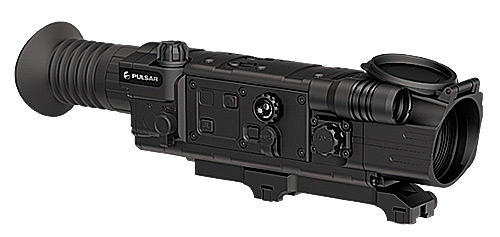
With the development of modern technology, another type of night sights appears - digital ones. In contrast to image intensifier tubes of various generations, a highly sensitive polysilicon CCD array is used here as a conversion component.
8. Where can I buy night vision scopes?
Shop "Sheriff" offers only the highest quality night sights from well-known manufacturers. The manager in the store can help you with the choice at the address: Dnepropetrovsk, st. Artema, 9 or on the website of our online store sherif.ua and by contact numbers during business hours.
(068) 300-5000 (063) 798-9999 (095) 233-0000 (068) 300-5000
(068) 300-5000
